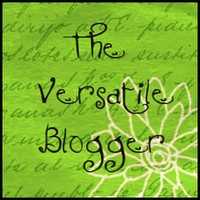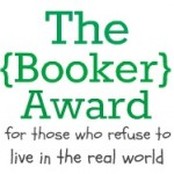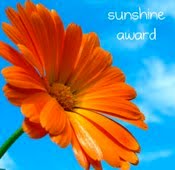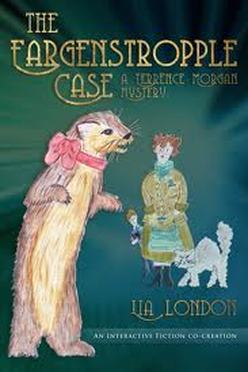
This book is an interactive fiction co-creation by author Lia London and several collaborators. The twists and turns of the plot are as funny as the British-sounding names of some of the characters including Mr. Crumbfellow, Mrs Moulderswich, and of course Millicent Fargenstropple. Reading this book reminded me of the BBC comedies that I used to watch with my family on NPR. The Brits have always been adept at capturing in everyday language the nuances of the human condition ranging from the solemn to the silly, and the author does a good job of reflecting this here.
Lia should be commended not only for writing a great story and doing it very well, but also for coordinating all the moving parts of this interactive experiment. The book is well formatted, has a functional table of contents, and each chapter has a distinctive title, which is something I always like because it makes navigating back and forth among the chapters easier.
If you want to relax, and have a good time “The Fargenstropple Case” is the book for you!
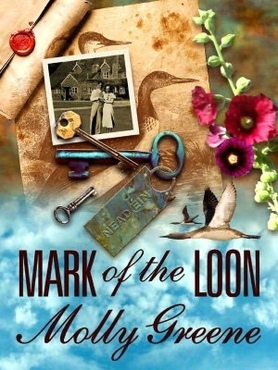
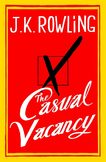
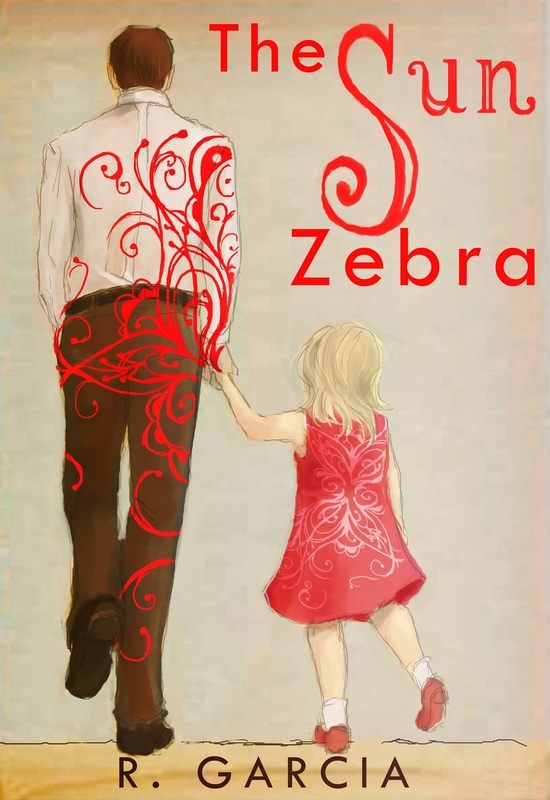

 RSS Feed
RSS Feed
